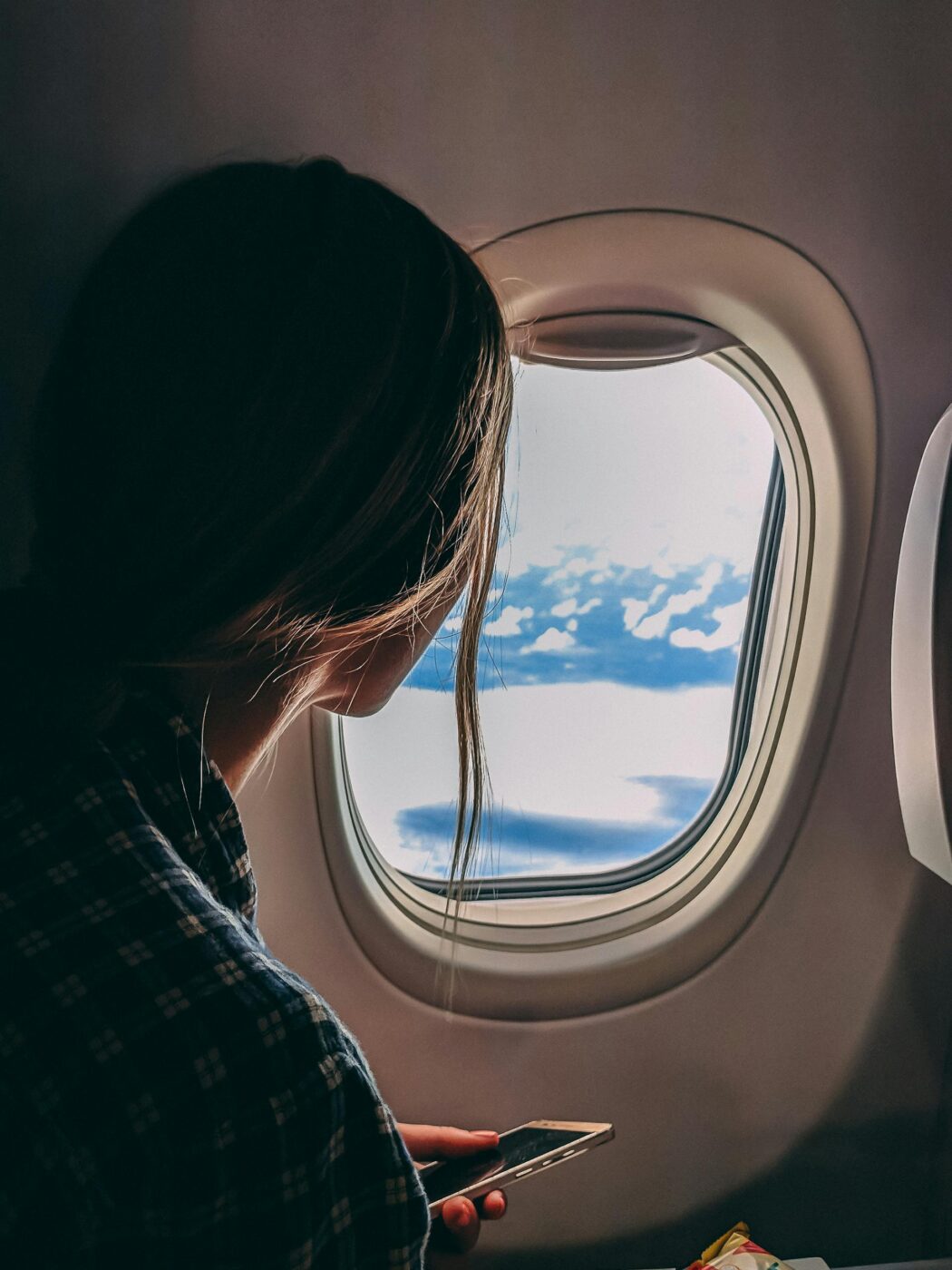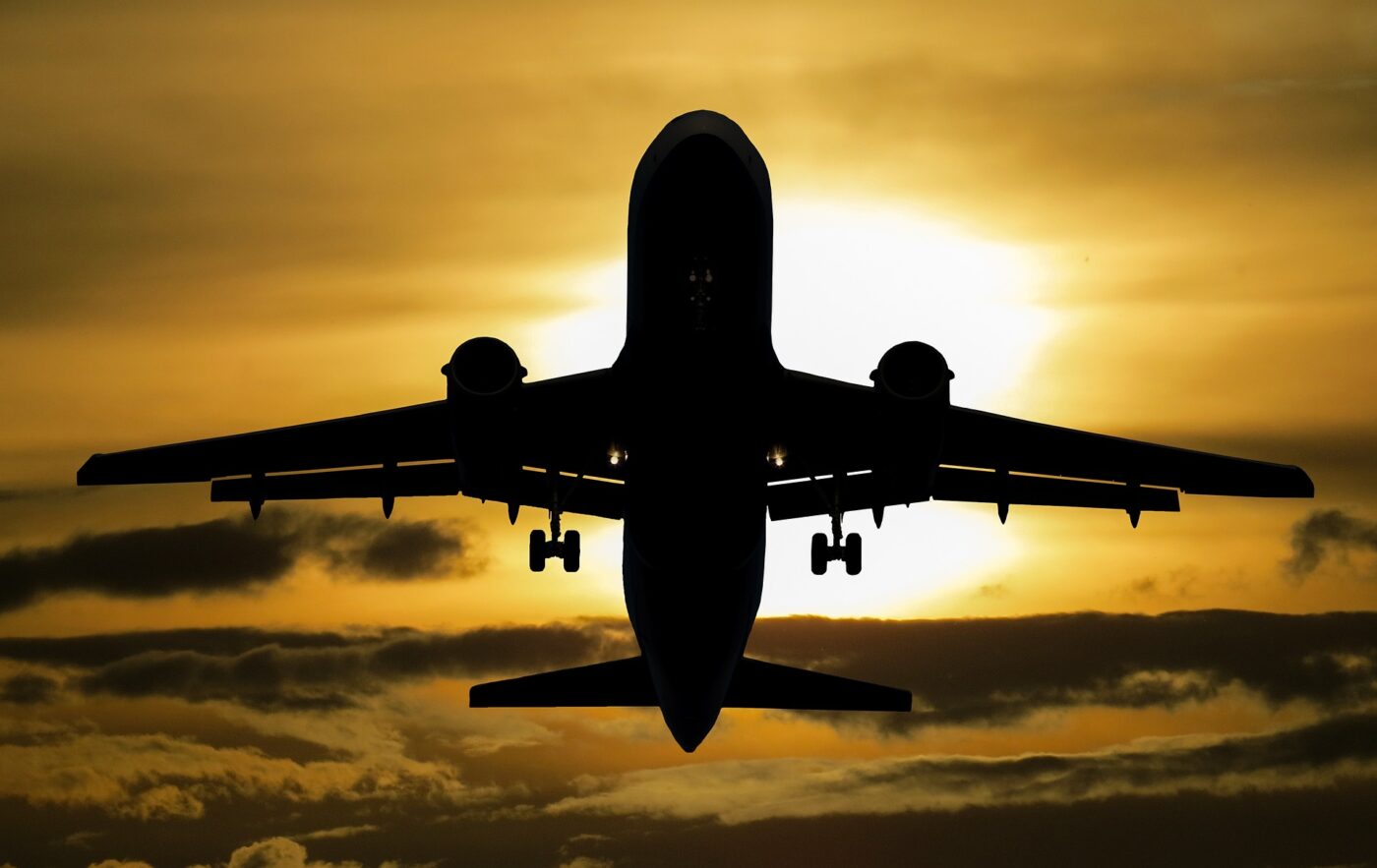LASIK (laser-assisted in situ keratomileusis) is a revolutionary vision correction procedure that liberates countless individuals from the constraints of glasses and contact lenses. It’s natural to yearn to experience the world with newfound clarity, and air travel often presents an exciting opportunity for exploration. But a crucial question lingers in the minds of many LASIK patients: can I fly after LASIK surgery?
The answer is a resounding yes! There’s no mandated restriction on flying after LASIK. However, prioritizing certain precautions and considerations during the initial healing phase safeguards your eyes and ensures a comfortable travel experience.
Embarking on Your Journey with Confidence: Pre-Flight Preparations After LASIK
While there are no absolute restrictions, meticulous planning guarantees a smooth and enjoyable flight after LASIK surgery. Here are some key measures to incorporate into your pre-flight routine:
- Heed Your Doctor’s Guidance: An open dialogue with your ophthalmologist is paramount. Discuss your travel plans thoroughly, and meticulously adhere to their specific recommendations regarding flying after LASIK.
- Time Your Travels Wisely: While there’s no blanket waiting period, it’s generally recommended to wait at least one week, ideally two weeks, following LASIK surgery before flying. This allows ample time for your eyes to heal sufficiently and minimizes the risk of complications.
- Pack Prescribed Eye Drops: Diligent use of artificial tears, as prescribed by your doctor, is essential. The airplane cabin environment can be particularly drying for the eyes, and these lubricating drops will keep your eyes comfortable throughout the flight.
- Pack an Eye Mask: An eye mask shields your eyes from exposure to bright lights and air turbulence, promoting relaxation and uninterrupted sleep during your flight.
Soaring Through the Skies: In-Flight Precautions for LASIK Patients
With the necessary preparations in place, you’re well on your way to a relaxing and enjoyable flight. Here are some additional tips to optimize your comfort during the journey:
- Minimize Cabin Air Exposure: Airplane ventilation systems can circulate dry air. Aim to minimize exposure by directing air vents away from your face.
- Stay Hydrated: Drink plenty of water throughout the flight to counteract dehydrating cabin air, which can worsen eye dryness.
- Limit Eye Strain: Minimize activities that strain your eyes, such as reading for extended periods or watching movies on your laptop. Prioritize rest and relaxation for your eyes.
- Be Mindful of Germs: Airplane cabins are notorious for harboring germs. Avoid touching your eyes without thoroughly washing your hands beforehand.

Navigating Potential Concerns: Addressing Common Post-LASIK Flight Queries
While the vast majority of LASIK patients experience no complications during air travel, some lingering concerns are understandable. Let’s address a few common questions:
- Can I wear eye makeup after LASIK surgery? It’s best to avoid eye makeup for at least a week, or as advised by your doctor, to minimize the risk of infection or rubbing your eye when removing makeup.
- What if I experience dry eye during the flight? Utilize the artificial tears prescribed by your doctor as frequently as needed. Consider using a cool mist humidifier to add moisture to the air.
- What if I accidentally rub my eyes? If you inadvertently rub your eyes, refrain from panicking. Gently rinse your eyes with sterile saline solution or use lubricating eye drops. Avoid rubbing your eyes further and consult your doctor if any discomfort persists.
By adhering to these recommendations and prioritizing open communication with your ophthalmologist, you can confidently embark on your post-LASIK travels, reveling in the joy of clear vision and exciting adventures.
Categories:



